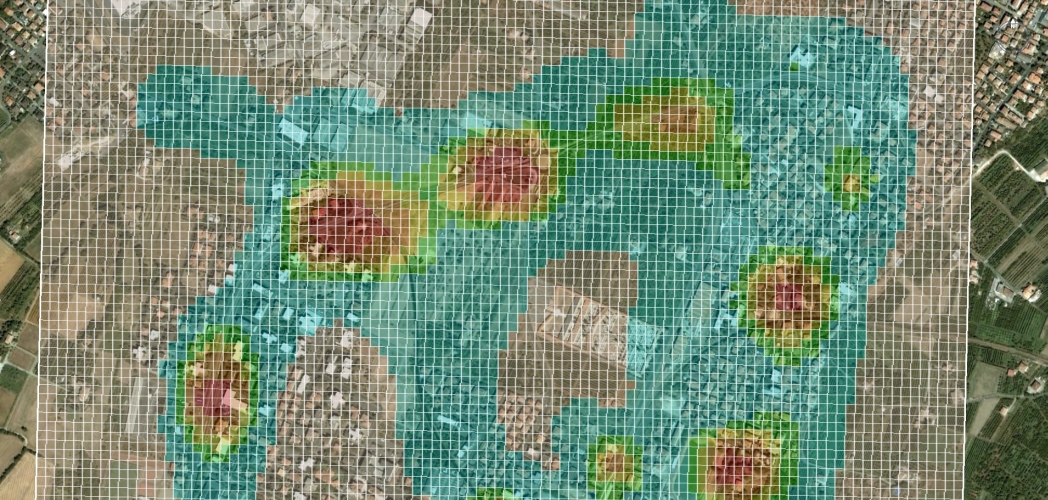The application of models under the European Union's Air Quality Directive
A new technical report has been released by the European Environment Agency (EEA) concerning The application of models under the European Union's Air Quality Directive. The report is important because previous Air Quality (AQ) directives based air quality assessment and reporting largely on monitored measurement data. However, the Directive 2008/50/EC encourages the use of AQ models in combination with monitoring in a range of applications. The new AQ Directive is important also because it introduces a limit value for PM2.5.
In order to obtain a harmonised approach in air quality modelling over Europe, the Forum for Air Quality Modelling in Europe (Fairmode) was established in 2008 as a joint action of the European Environment Agency and the European Commission's Joint Research Centre (JRC). The technical reference guide is an output of that joint action
Air quality models are very important tools, since they allow to:
- Assessing the existing air quality situation for example showing exceedances of EU or national air quality standards, calculating population exposure to pollution and health impacts, and identifying contributions of air pollutants from different sources.
- Air quality forecasting many national, regional and local authorities have established forecasting systems to warn the public when air pollution episodes are expected.
- Air quality planning identifying possible measures to reduce emissions, and developing emissions reduction scenarios.
Precisely because of their importance, it is expected that AQ models be comparable, well documented, and validated for their required applications in order to achieve reliable modelling results.
The EEA technical report provides an overview of the use of models with regard to the Directive 2008/50/EC on ambient air quality and cleaner air for Europe. The guide has three key aims:
- provide common technical guidance for the use of air quality (AQ) modelling in relation to the EU's AQ Directive;
- provide a central reference point for the development of a harmonised approach to modelling;
- promote good practice in AQ modelling.
The technical report is available from the EEA web site.

Plot created with GEPlot